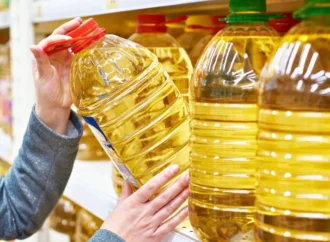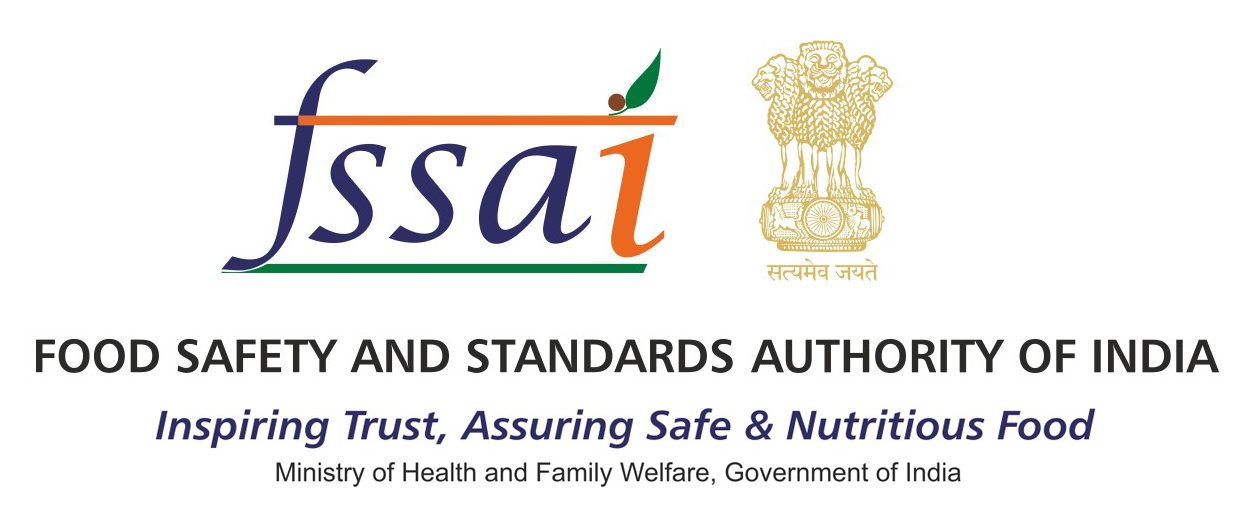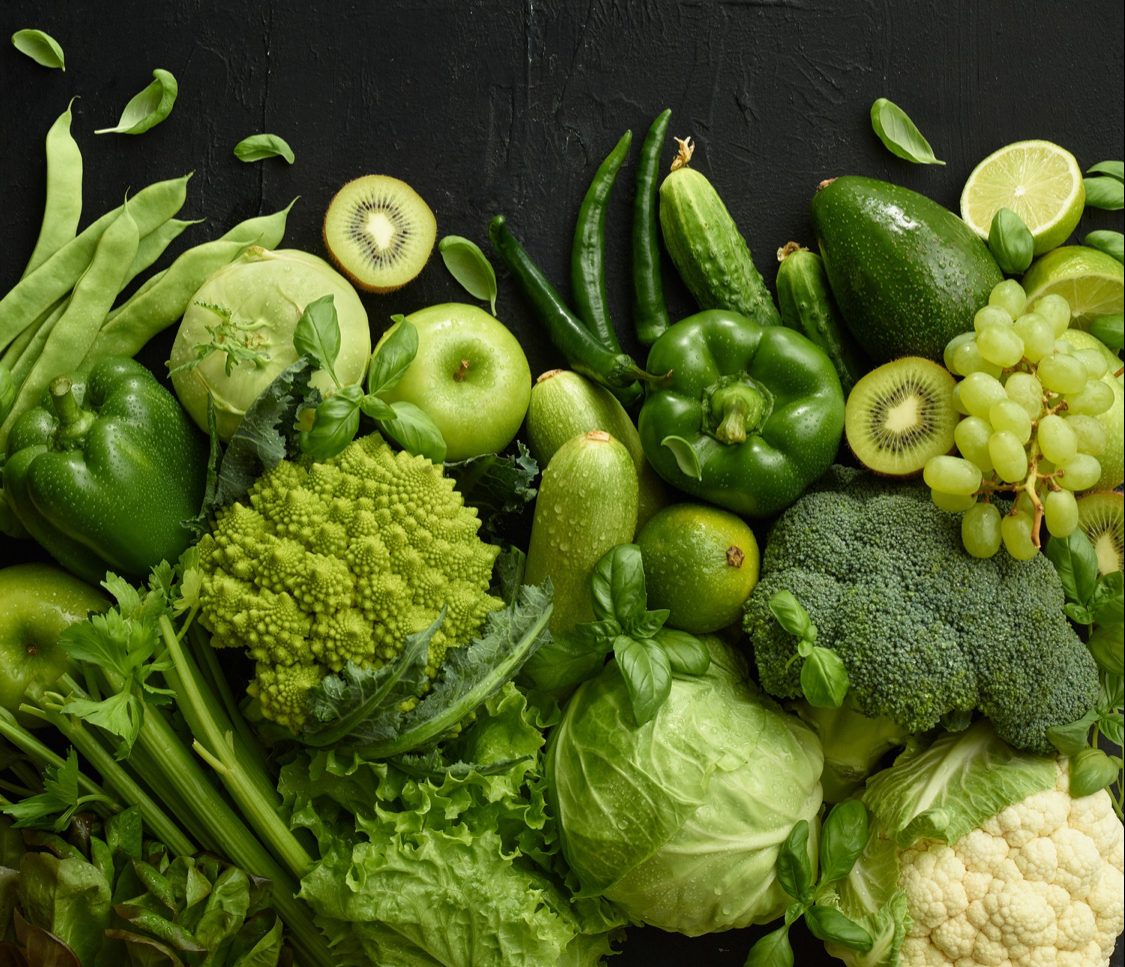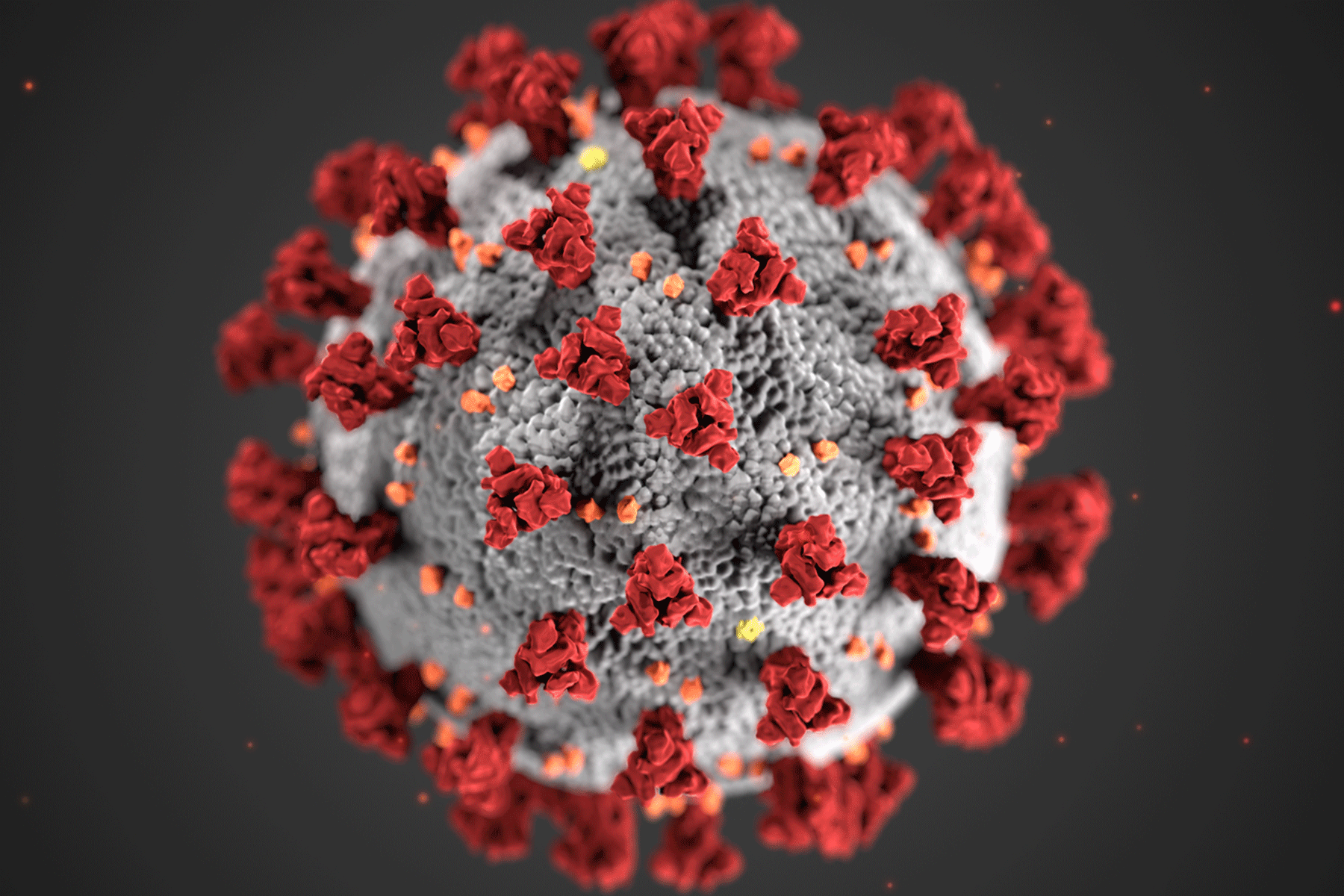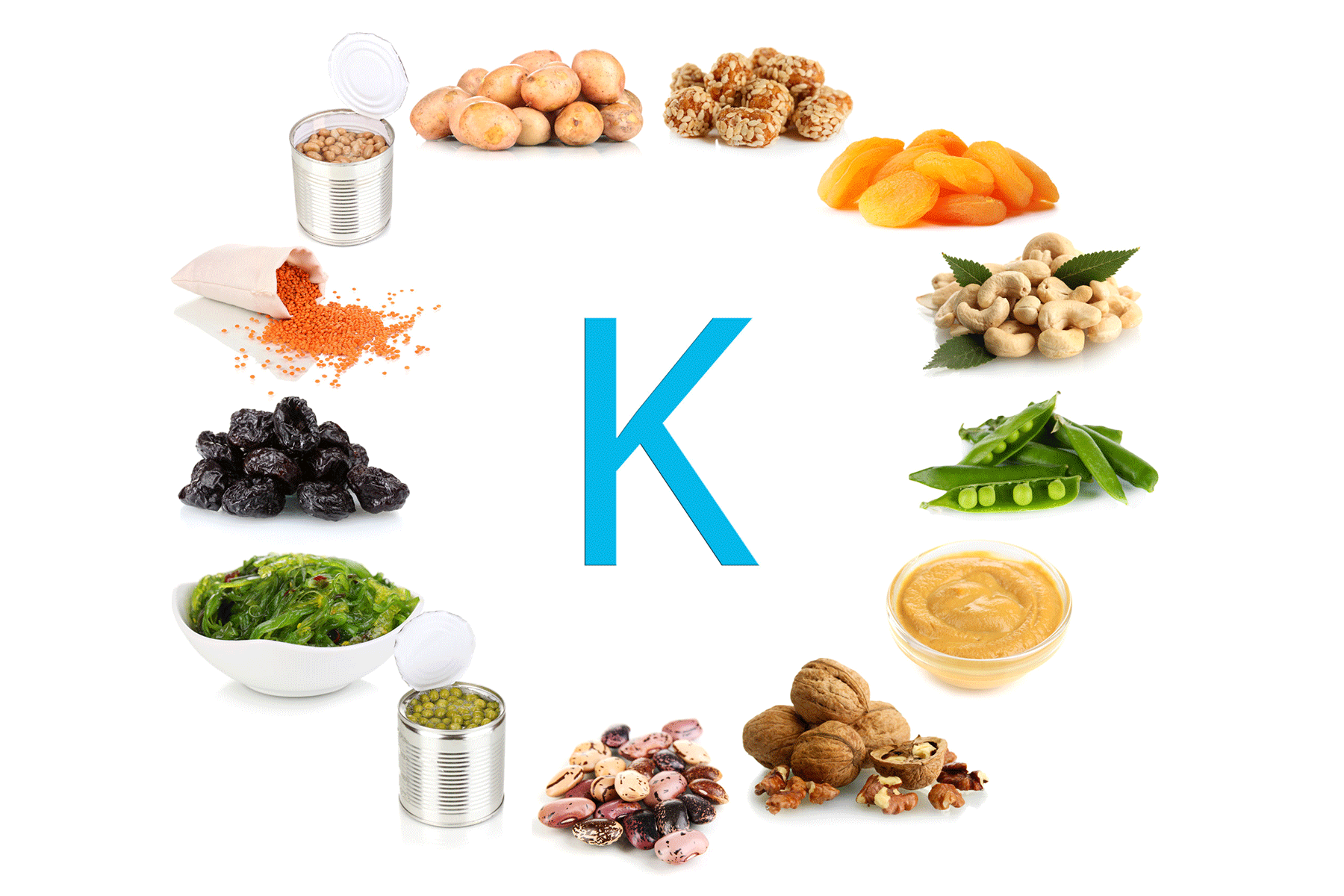Authors: Sunitha Poulose & Thara P.B
Orange juice is globally celebrated for its high vitamin C and antioxidant content, and is widely promoted as a refreshing, health-supporting beverage. Yet, despite these significant nutritional benefits, the safety and quality of freshly squeezed orange juice deserve closer examination.
Adulteration and contamination of orange juice remain a largely overlooked issue, posing notable public health risks. Recent scientific evidence highlights the urgent need for greater consumer awareness, stricter food safety protocols, and stronger regulatory oversight. The problem extends beyond the use of spoiled fruit; it concerns protecting public health from hidden contaminants that might go undetected in routine consumption.
Studies have raised significant concerns about the safety of oranges used in commercial juice production, particularly in informal, roadside outlets. These findings underscore the importance of robust safeguards to protect consumers and guarantee the purity of orange juice. This article examines the risks of microbial contamination in fresh orange juice, its potential health consequences, and effective mitigation strategies.
Nutritional Appeal of Orange Juice
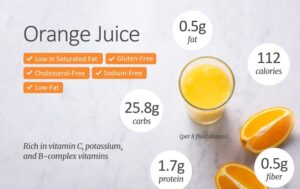
Orange juice provides an impressive array of micronutrients, including vitamin C (ascorbic acid), flavonoids, and carotenoids. These compounds support immune function, promote skin health, and reduce oxidative stress. Freshly squeezed orange juice, in particular, is viewed as more natural, lacking the additives and preservatives often found in packaged commercial juices. This perception drives many consumers to prefer juice prepared fresh at fruit stands or in home settings.
Microbial Contamination Risks
Despite these benefits, freshly squeezed juice is vulnerable to microbial contamination across multiple stages, from fruit selection and handling to processing and storage. Principal microbial contaminants include bacteria, yeasts, and moulds, each capable of compromising both safety and quality.
Sources of Contamination
Contamination sources are multifactorial:
- Fruit Quality: Overripe or damaged oranges can harbour microorganisms on their surfaces or internally, which are transferred into the juice during extraction.
- Processing Equipment: Improperly cleaned juicers, blades, or storage containers can encourage microbial growth.
- Water Quality: Using non-potable or contaminated water for washing fruits or diluting juice introduces dangerous pathogens.
- Storage Conditions: Inadequate refrigeration or prolonged storage at room temperature accelerates microbial proliferation.
Yeast and Mould Contamination
Yeasts and moulds are among the most common and problematic contaminants. Yeasts, naturally present on fruit surfaces and in the environment, thrive under conditions of poor temperature control and oxygen exposure. This proliferation can result in fermentation, producing carbon dioxide and alcohol, which alter the juice’s sensory properties. While most yeasts are not pathogenic, their growth can compromise product quality and cause gastrointestinal discomfort.
Moulds, similarly, contaminate juice made from spoiled or inadequately stored fruit. They may form visible colonies on the juice surface or inside storage containers. Critically, certain moulds produce mycotoxins, secondary metabolites with toxic and carcinogenic properties. These pose long-term health risks, including immunosuppression, cancer development, and organ toxicity.
Health Implications
Consumption of juice contaminated by microorganisms or mycotoxins may cause a wide range of health effects. In mild cases, gastrointestinal distress such as nausea, diarrhoea, and cramps can occur. Vulnerable groups — including children, the elderly, immunocompromised individuals, and pregnant women — face a greater risk of severe foodborne illness. Even low-level, chronic exposure to mycotoxins through frequent consumption of contaminated juice can produce cumulative toxic effects.
Elevated Risks in Informal Juice Vending
Street-side and informal juice vendors often operate with limited hygiene standards and insufficient regulatory oversight. Risks associated with these vendors include the reuse of unsterilized equipment, the use of contaminated water sources, lack of refrigeration, and preparation in high ambient temperatures that favour microbial growth. Many vendors also resort to using substandard or spoiled fruit, often due to a lack of awareness, cost constraints, or inadequate regulation. These factors combine to place consumers at heightened risk of exposure to contaminated products.
Preventive Measures and Best Practices
To address the identified hazards associated with freshly squeezed orange juice, a series of preventive measures is recommended for both regulatory authorities and consumers. First, hygienic handling of fruits is essential, including thorough washing with potable water and the exclusion of damaged or overripe oranges that may harbour microbial contaminants. Second, the consistent and thorough sanitisation of processing equipment, such as juicers, containers, and utensils, is crucial to limit cross-contamination and inhibit microbial proliferation.
When there is uncertainty about hygiene standards, consumers are advised to select pasteurised juice, which undergoes heat treatment to reliably eliminate pathogens. Proper storage practices, including immediate refrigeration and prompt consumption of juice, can further inhibit the growth of bacteria, yeasts, and moulds. Additionally, consumers should be encouraged to conduct sensory inspections before consumption, relying on cues such as taste, odour, or appearance to detect spoilage. Any juice exhibiting off-odours, discolouration, or abnormal textures should be discarded. Finally, preparing orange juice at home under controlled hygienic conditions represents the most reliable strategy for ensuring product safety and freshness.
Conclusion
While orange juice provides notable health benefits, its fresh preparation poses microbiological hazards that cannot be overlooked. Contamination by yeasts and moulds remains a significant concern, with consequences ranging from spoilage to serious health risks through mycotoxin exposure. These risks are further amplified in informal juice markets with poor hygiene practices.
Consumers and vendors alike must prioritise hygienic handling, appropriate storage, and rigorous sanitation to maintain juice quality and safeguard public health. Regulatory agencies should continue to enforce strict inspections and promote awareness of these hazards.
Ultimately, while orange juice is a valuable and nutritious beverage, it demands strict attention to food safety. Clean, safe food is a fundamental right that should not be compromised for convenience or low cost. Informed choices, effective regulation, and best practices together can help ensure its benefits are fully realised.
 Food Manifest
Food Manifest 

